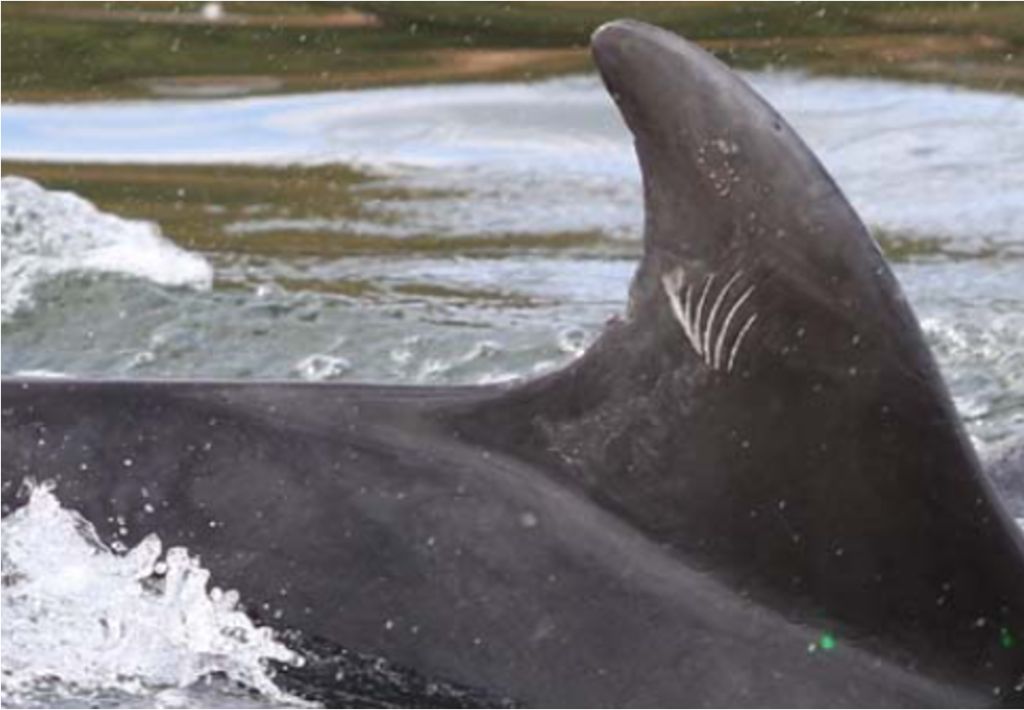Data collection
Data from a long-term boat-based photo-identification survey, since 1989 at Cromarty lighthouse field station.
Surveys are conducted annually from small boats equipped with outboard engines, the goal is to take high-quality images of the dorsal fins on both left and right sides. The unique marking on the dolphins’ dorsal fin is used to identify individuals.

Sex is determined using genital photographs and age can be determined for individuals first sighted as calves.
Social networks analysis
Build individual matrices using records of encounters and list of individuals (database of 1848 surveys).
Transformation of the matrices into undirected and weighted networks (weight = simple ratio index) for each year (total of 32 years).
Using the gambit of the group assumption = all social interactions occur within close spatial and temporal proximity, with each group member engaging equally.
Then calculation of three social network metrics :
DEGREE :
an individual’s total number of connections.
An individual with a higher number of connections, thus a higher degree is considered as more important individual.
CLOSENESS :
an individual’s centrality in the network.
An individual with higher closeness can then quickly disseminate information or influence on a wide range of other individuals because it is considered closer to them.
CLUSTERING COEFFICIENT :
an individual’s likelihood to be part of a tight community or group.
An individual with higher clustering coefficient is more likely to be part of a tight community or group.
Using General Linear Mixed Models:
• Analysis of these metrics during different life stages
• Comparison of these metrics between mothers and offsprings